|
LISTEN TO THIS THE AFRICANA VOICE ARTICLE NOW
Getting your Trinity Audio player ready...
|
On Thursday, the streets of Nairobi witnessed heightened tensions as Kenyan police dispersed small groups of anti-government demonstrators with tear gas, coinciding with the swearing-in of a newly appointed cabinet by President William Ruto. The protests, which initially began as a response to proposed tax hikes, have evolved into broader demands for Ruto’s resignation, reflecting widespread discontent among the nation’s youth.
In anticipation of the unrest, businesses across the capital were shuttered, and public transportation came to a halt. Police erected roadblocks on key routes to prevent protesters from reaching the central business district. Despite the heavy police presence, the turnout was noticeably smaller than in previous demonstrations, with only a few dozen protesters attempting to gather in defiance.
The protests, named “Nane Nane March” after the Swahili date for August 8, continued a series of demonstrations that have plagued the country for months. These protests intensified with the unveiling of Ruto’s new cabinet, which included several senior opposition figures in a bid to placate public anger. Four significant positions, including the finance and energy ministries, were handed to opposition members in an attempt to forge a coalition government.
During the swearing-in ceremony at State House, President Ruto described his new cabinet as an “alliance of rivals” aimed at uniting the country during a challenging period. “We are more united than ever by our shared commitment to building a prosperous Kenya for all,” Ruto declared, urging the new ministers to meet the expectations of the Kenyan people. However, the decision to retain several ministers from his previous administration has done little to satisfy the protesters, who see the move as a continuation of the status quo rather than meaningful change.
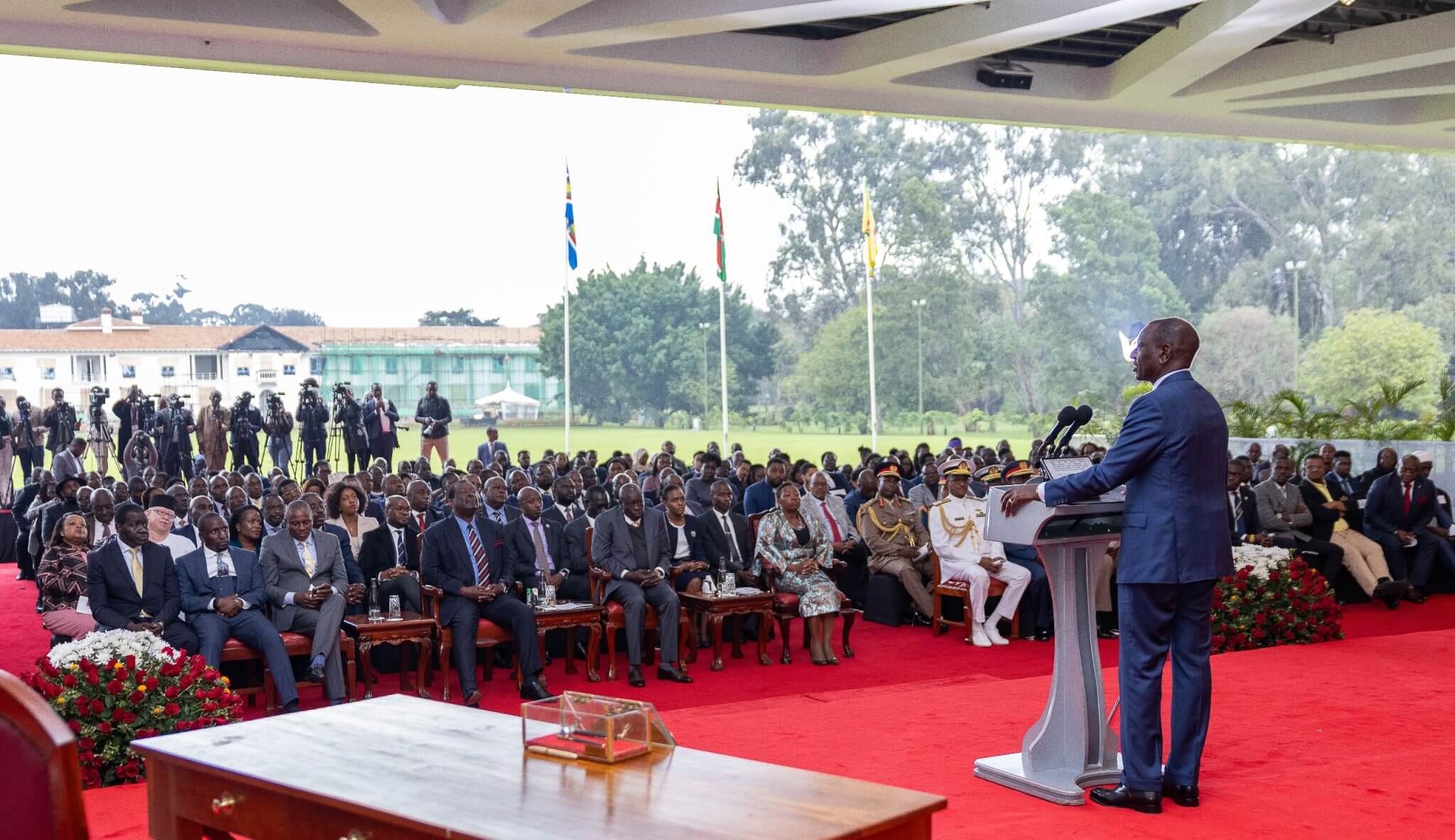
The situation in Nairobi stood in stark contrast to the more volatile protests of recent months, including one incident where the parliament building was set ablaze. This time, the city’s streets remained largely calm, with only sporadic clashes between police and small groups of demonstrators. Major cities such as Kisumu, known for its strong opposition support, and Eldoret, Ruto’s hometown, also remained peaceful.
On the eve of the protests, acting police chief Gilbert Masengeli warned of potential criminal elements exploiting the demonstrations, advising citizens to avoid sensitive locations like the international airport and State House. His predecessor, Japhet Koome, stepped down last month following accusations of excessive force against demonstrators, a resignation that has not appeased those seeking justice for the deaths of over 50 people since the protests began in June, as reported by the Kenya National Commission on Human Rights.
President Ruto, who won the presidency in 2022 with promises to uplift the poor and address the needs of Kenya’s youth, now faces the challenge of balancing the demands of his “hustler” base with the stringent requirements of international creditors.
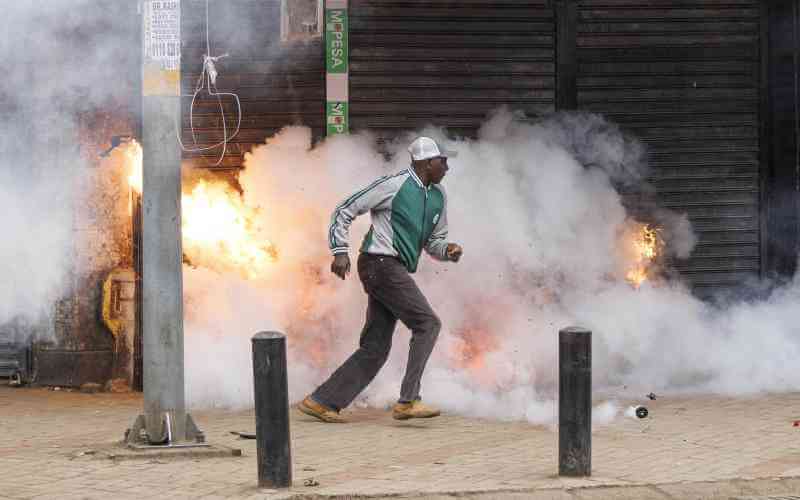
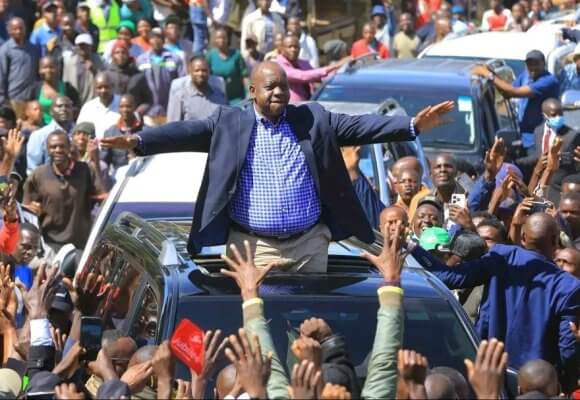
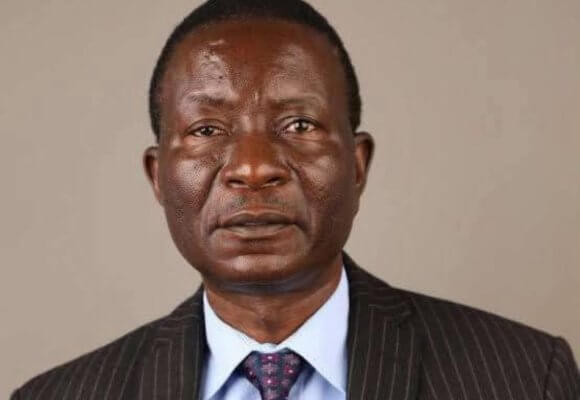
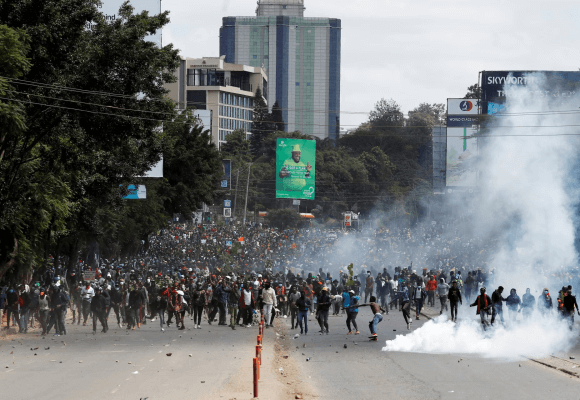
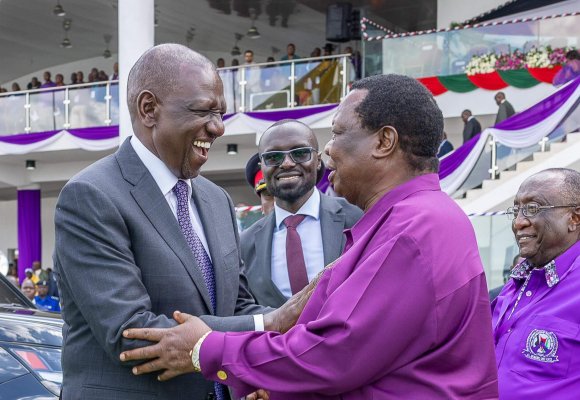
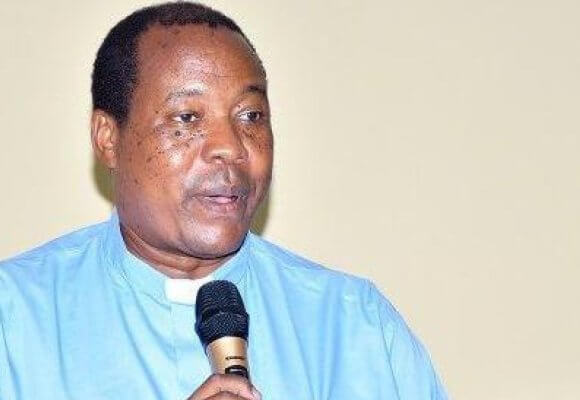


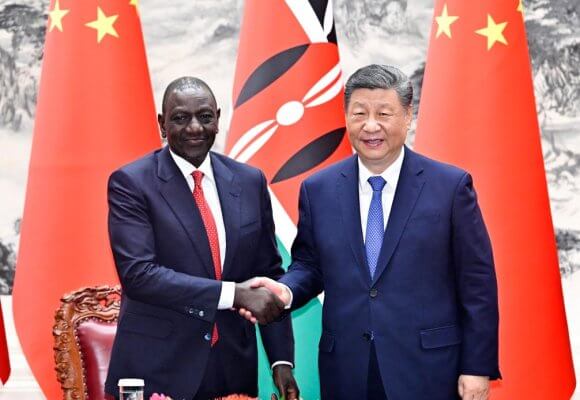
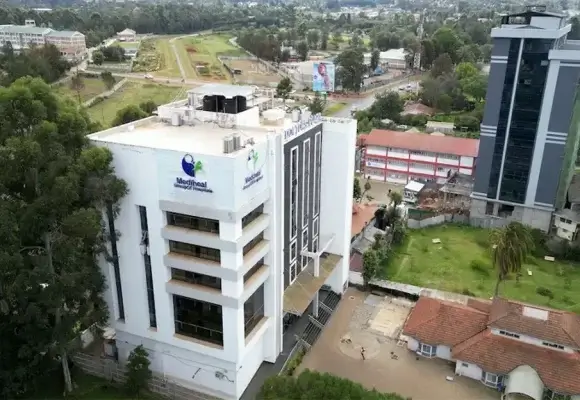
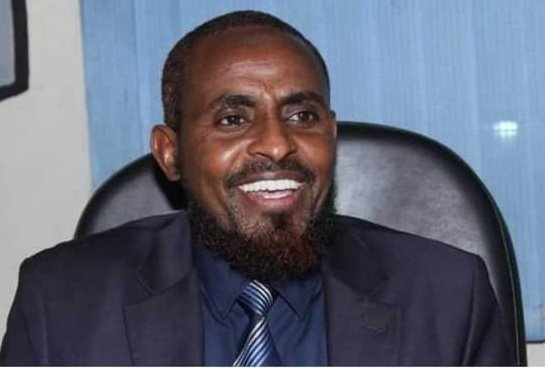
LEAVE A COMMENT
You must be logged in to post a comment.